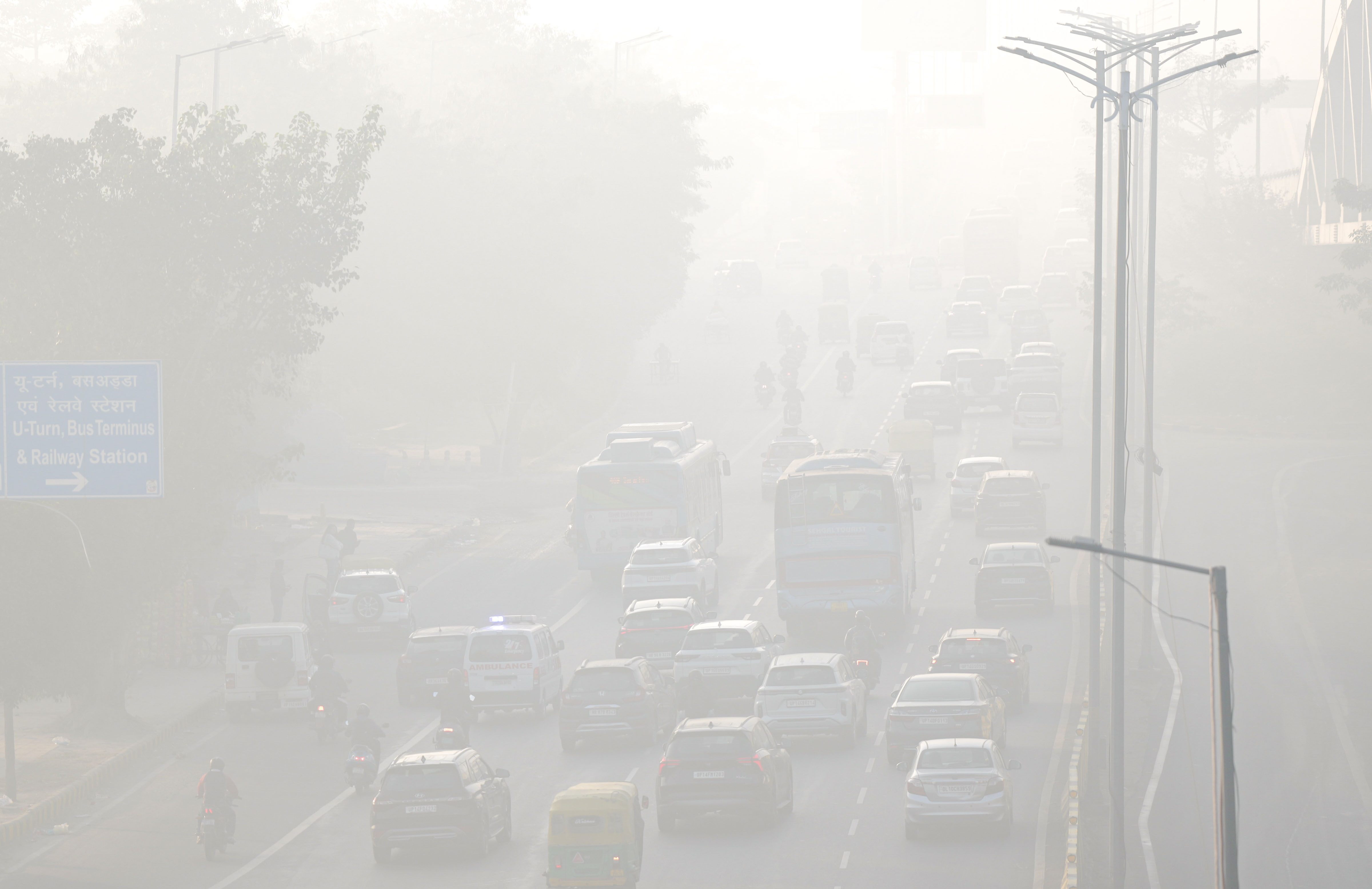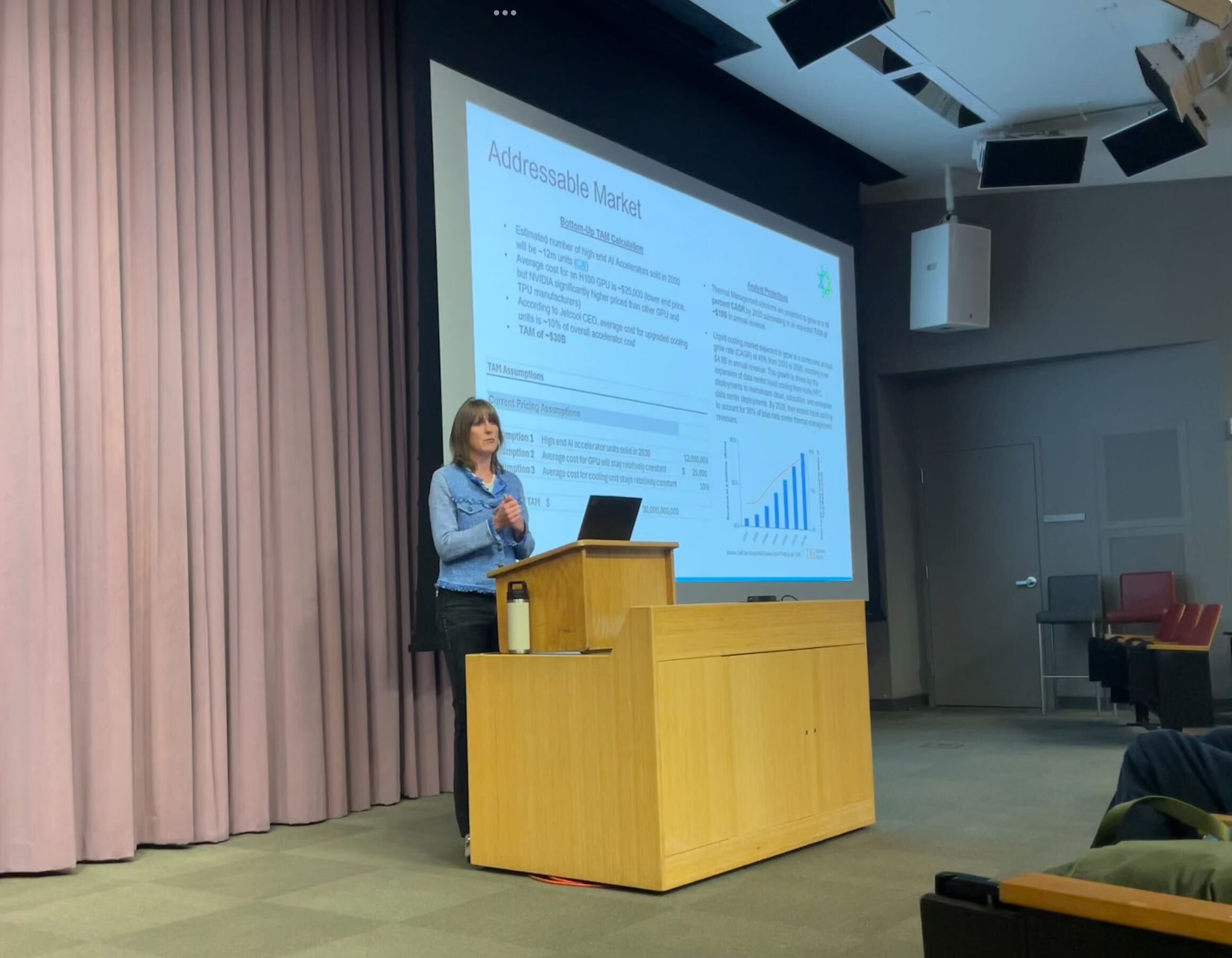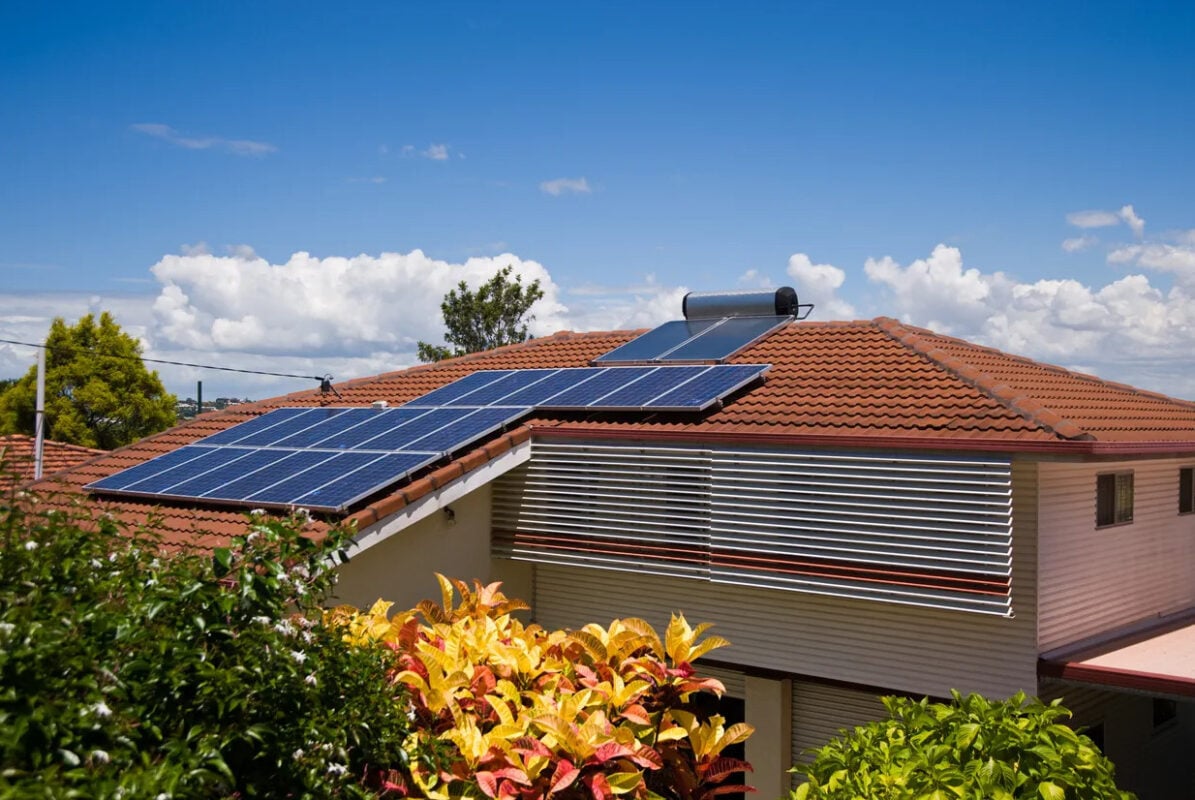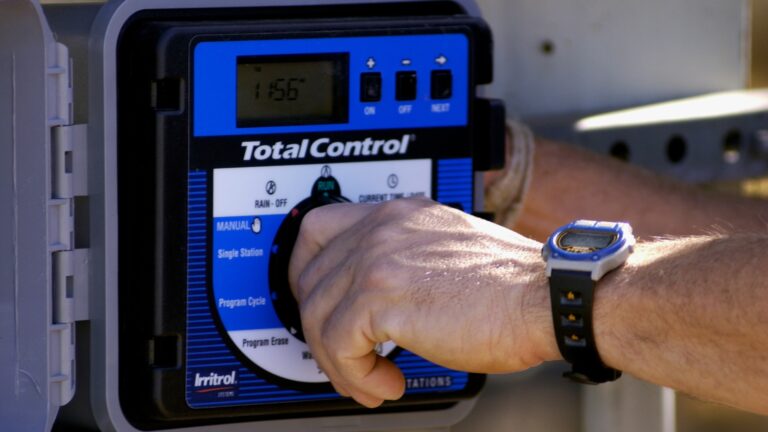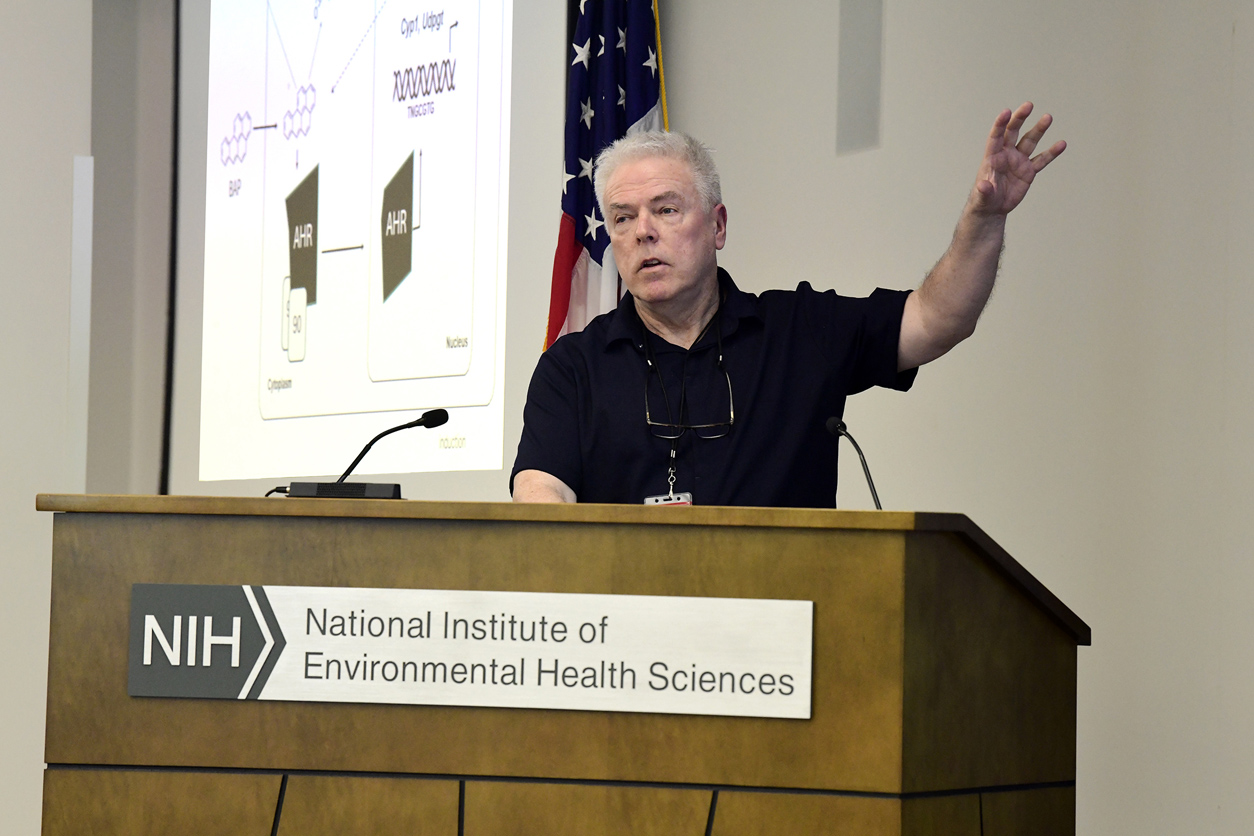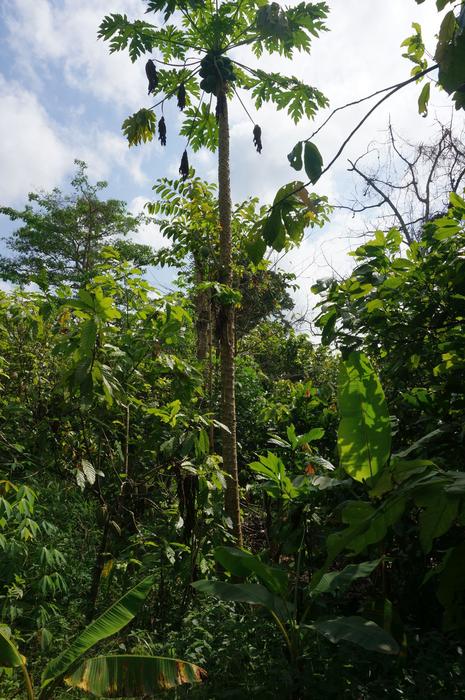Dunwoody to hold free hazardous waste recycling – Rough Draft Atlanta
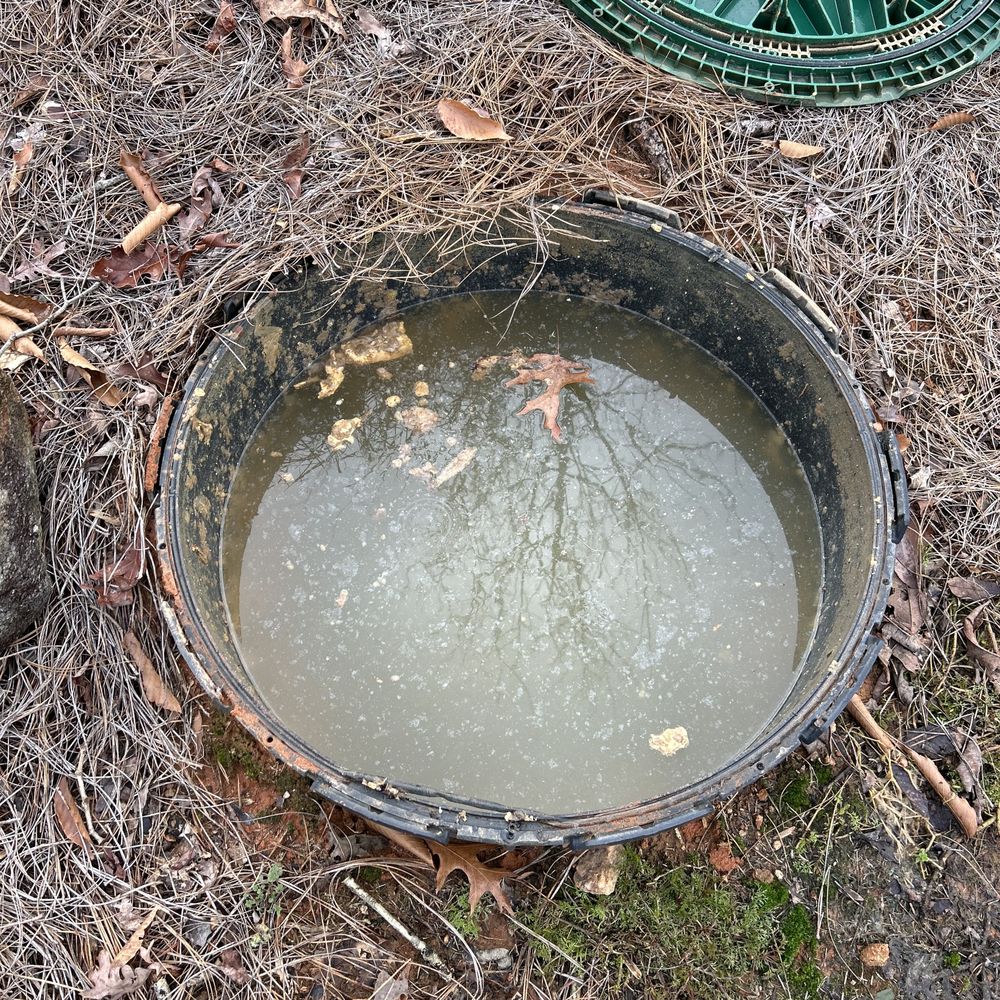
Report on the City of Dunwoody’s 2025 Household Hazardous Waste Recycling Initiative and its Contribution to Sustainable Development Goals
1.0 Executive Summary
The City of Dunwoody has scheduled its annual Household Hazardous Waste (HHW) Recycling Event for Saturday, September 13, 2025. This initiative provides residents with a secure method for disposing of hazardous materials, directly supporting several United Nations Sustainable Development Goals (SDGs). The event underscores the city’s commitment to environmental stewardship, public health, and the creation of sustainable urban environments. This report details the event’s logistics, its alignment with global sustainability targets, and its quantifiable impact based on previous years’ data.
2.0 Event Details and Logistics
The operational parameters for the 2025 event are as follows:
- Date: Saturday, September 13, 2025
- Time: 9:00 a.m. to 1:00 p.m.
- Location: Dunwoody City Hall parking lot, 4800 Ashford Dunwoody Rd.
- Eligibility: Open exclusively to City of Dunwoody residents. Proof of residency is mandatory.
- Registration: Pre-registration is required. Residents must select a drop-off time via the city’s official website.
- Limitations: Disposal quantities are limited to residential amounts; commercial quantities will not be accepted.
3.0 Alignment with Sustainable Development Goals (SDGs)
This initiative is a practical application of local government action contributing to global sustainability targets. The event’s objectives are directly aligned with the following SDGs:
- SDG 11: Sustainable Cities and Communities: By providing a structured system for managing hazardous waste, the event enhances urban environmental quality and safety, making the city more resilient and sustainable.
- SDG 12: Responsible Consumption and Production: The program promotes the environmentally sound management of chemicals and wastes, a key target of SDG 12. It reduces the release of hazardous materials into the air, water, and soil, minimizing adverse impacts on human health and the environment.
- SDG 3: Good Health and Well-being: Safe disposal of hazardous materials prevents soil and water contamination, thereby reducing public health risks associated with exposure to toxic substances.
- SDG 6: Clean Water and Sanitation: The initiative prevents hazardous chemicals from entering the water supply through improper disposal, safeguarding local water resources.
- SDG 14 (Life Below Water) & SDG 15 (Life on Land): Preventing chemical runoff protects aquatic and terrestrial ecosystems from pollution.
As stated by Dunwoody Community Development Director Richard McLeod, “This event empowers residents to take an active role in protecting the environment by safely disposing of hazardous materials.”
4.0 Material Acceptance and Exclusion Criteria
To ensure compliance with waste management regulations, specific categories of materials have been defined for collection.
4.1 Accepted Materials
- Oil and latex paints, stains, and paint thinner
- Automobile and household batteries
- Motor oil, antifreeze, gasoline, and diesel fuel
- Household cleaners and chemicals
- Pool chemicals
- Pesticides
- Flammables and corrosives
4.2 Prohibited Materials
- Agricultural waste
- Bio-hazardous or bio-medical waste
- Ammunition and explosives
- Radioactive materials
- Smoke detectors
- Pressurized cylinders (acetylene, oxygen, carbon dioxide, helium, refrigerant gases)
5.0 Review of Previous Community Impact and Performance Metrics
The 2024 event demonstrated significant community engagement and positive environmental outcomes, providing a benchmark for the 2025 initiative. Key metrics include:
- Total Participation: 473 residents
- Latex Paint Recycled: 16,500 pounds
- Pesticides Recycled: 3,567 pounds
- Motor Oil Recycled: 1,144 pounds
- Fluorescent Bulbs Recycled: 462 units
- Fire Extinguishers Recycled: 304 units
These figures highlight the event’s effectiveness in diverting substantial quantities of hazardous waste from landfills and waterways, directly contributing to the targets of SDG 12.
6.0 Registration and Conclusion
The Household Hazardous Waste Recycling Event is a critical component of Dunwoody’s sustainability strategy. It provides a necessary service that protects community health and the environment while aligning local actions with the global Sustainable Development Goals. Residents are encouraged to participate and can complete the mandatory registration by visiting the city’s official website at www.dunwoodyga.gov/waste.
Analysis of Sustainable Development Goals in the Article
1. Which SDGs are addressed or connected to the issues highlighted in the article?
-
SDG 11: Sustainable Cities and Communities
- The article discusses a city-led initiative, the “City of Dunwoody’s 2025 Household Hazardous Waste Recycling Event,” which is a direct effort to improve waste management within an urban community. This aligns with the goal of making cities and human settlements inclusive, safe, resilient, and sustainable.
-
SDG 12: Responsible Consumption and Production
- The event focuses on the environmentally sound management of waste. The article states the event “empowers residents to take an active role in protecting the environment by safely disposing of hazardous materials.” This directly relates to ensuring sustainable consumption and production patterns by managing waste responsibly.
-
SDG 3: Good Health and Well-being
- By providing a safe disposal method for hazardous materials like “pesticides, flammables, and corrosives,” the initiative helps prevent environmental pollution that can negatively impact human health.
-
SDG 6: Clean Water and Sanitation
- Proper disposal of hazardous waste such as “motor oil, antifreeze, gasoline,” and “pool chemicals” prevents these substances from contaminating local water sources, thereby contributing to the availability and sustainable management of water and sanitation.
-
SDG 14 (Life Below Water) and SDG 15 (Life on Land)
- The safe collection of hazardous waste prevents its release into the environment, which protects terrestrial and aquatic ecosystems from pollution. The article’s emphasis on “protecting the environment” supports the conservation of life both on land and in water.
2. What specific targets under those SDGs can be identified based on the article’s content?
-
Target 11.6: Reduce the adverse environmental impact of cities
- The article describes a municipal program aimed at managing “Household Hazardous Waste.” This is a direct action to “reduce the adverse per capita environmental impact of cities, including by paying special attention to… municipal and other waste management.”
-
Target 12.4: Environmentally sound management of chemicals and all wastes
- The event is designed for the “environmentally sound management of chemicals and all wastes” by collecting items like “oil and latex paints, stains, paint thinner… motor oil, antifreeze, gasoline… pesticides,” and other hazardous materials to ensure they are disposed of safely and not released into the environment.
-
Target 12.5: Substantially reduce waste generation through recycling
- The event is explicitly called a “Household Hazardous Waste Recycling Event.” By collecting and processing materials like paint and motor oil, it contributes to the reduction of waste generation through recycling, a key component of this target.
3. Are there any indicators mentioned or implied in the article that can be used to measure progress towards the identified targets?
-
Number of Participants
- The article states that “473 residents participated” in the previous year’s event. This number serves as an indicator of community engagement and the scale of the waste management effort.
-
Quantity of Hazardous Waste Collected and Recycled
- The article provides specific data from the previous year that can be used as direct indicators of progress. These include:
- 16,500 pounds of latex paint
- 3,567 pounds of pesticides
- 1,144 pounds of motor oil
- 462 fluorescent bulbs
- 304 fire extinguishers
- This data directly measures the amount of hazardous waste diverted from improper disposal, contributing to targets 11.6, 12.4, and 12.5.
- The article provides specific data from the previous year that can be used as direct indicators of progress. These include:
4. Summary Table of SDGs, Targets, and Indicators
| SDGs | Targets | Indicators |
|---|---|---|
|
SDG 11: Sustainable Cities and Communities SDG 12: Responsible Consumption and Production |
Target 11.6: By 2030, reduce the adverse per capita environmental impact of cities, including by paying special attention to air quality and municipal and other waste management.
Target 12.4: By 2020, achieve the environmentally sound management of chemicals and all wastes throughout their life cycle… and significantly reduce their release to air, water and soil. Target 12.5: By 2030, substantially reduce waste generation through prevention, reduction, recycling and reuse. |
|
|
SDG 3: Good Health and Well-being SDG 6: Clean Water and Sanitation SDG 14: Life Below Water SDG 15: Life on Land |
These goals are indirectly supported by the actions described, primarily through the achievement of Targets 11.6 and 12.4, which focus on preventing pollution from hazardous waste. | The same indicators (quantity of hazardous materials safely disposed of) serve as proxy indicators for reducing pollution that would otherwise harm human health, water sources, and ecosystems. |
Source: roughdraftatlanta.com

What is Your Reaction?
 Like
0
Like
0
 Dislike
0
Dislike
0
 Love
0
Love
0
 Funny
0
Funny
0
 Angry
0
Angry
0
 Sad
0
Sad
0
 Wow
0
Wow
0














